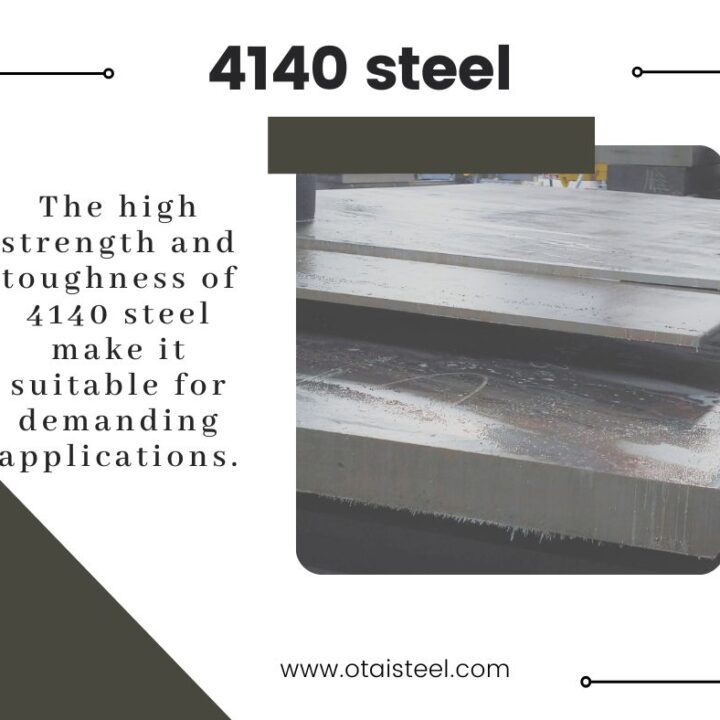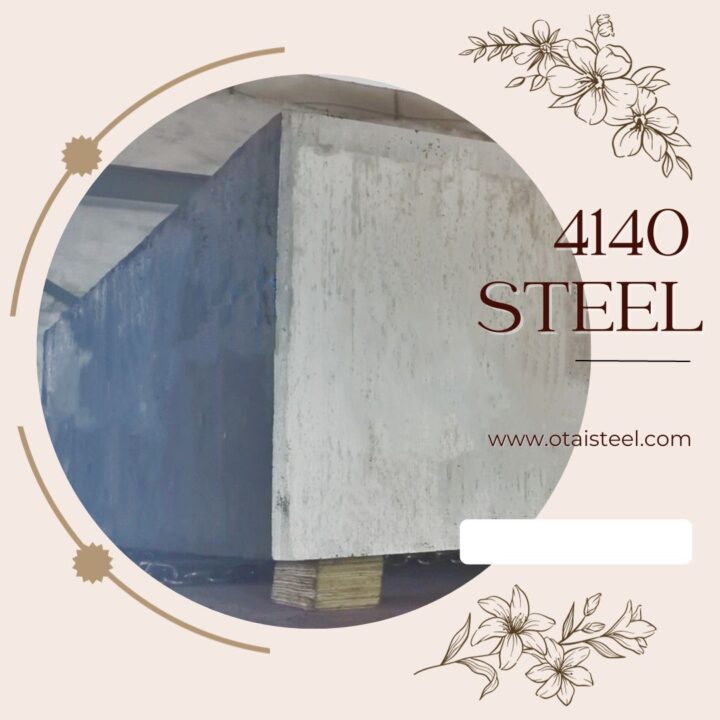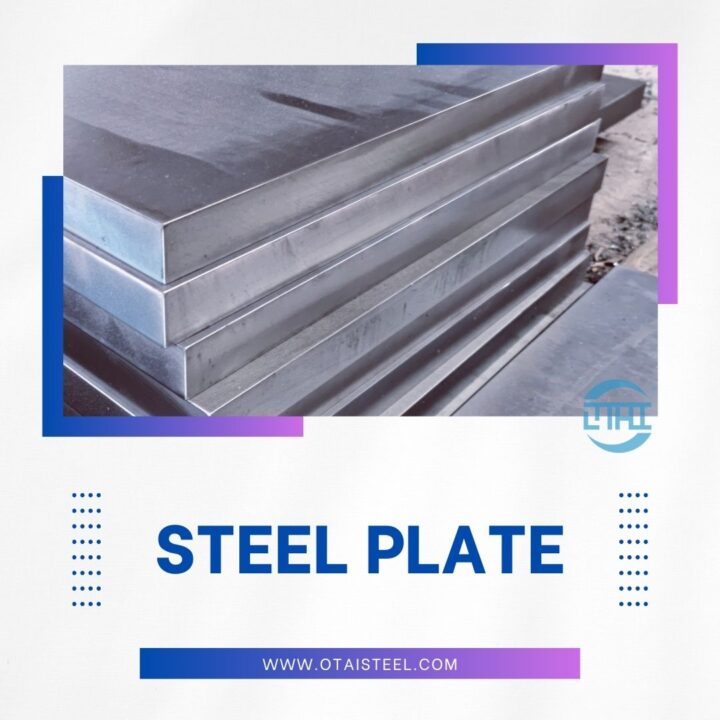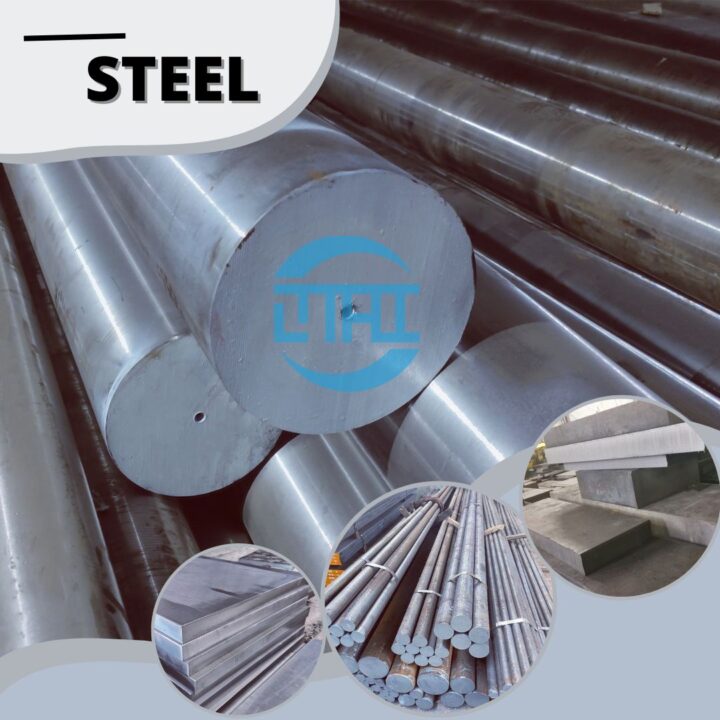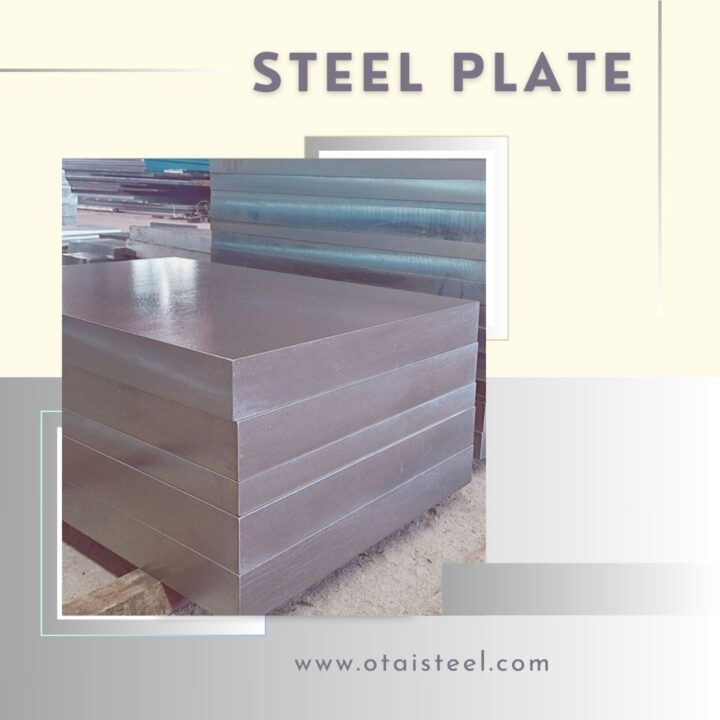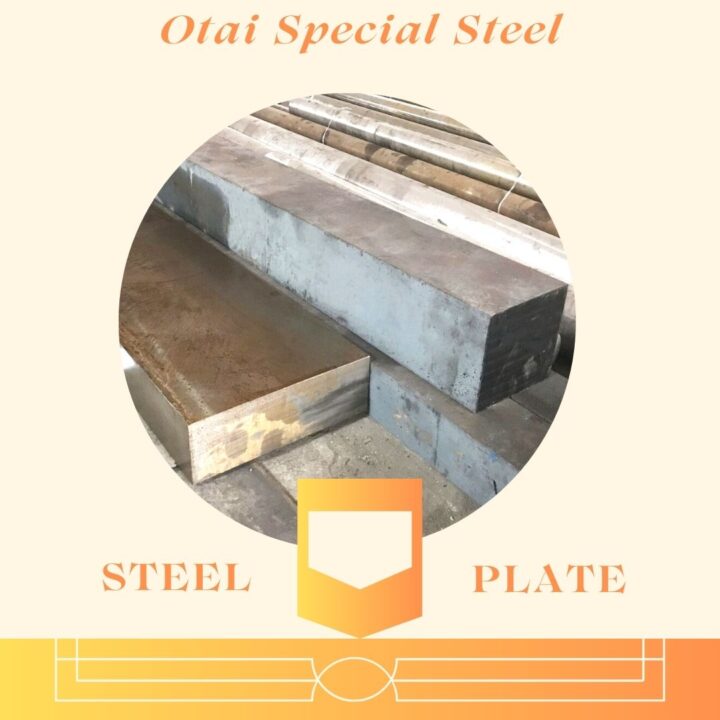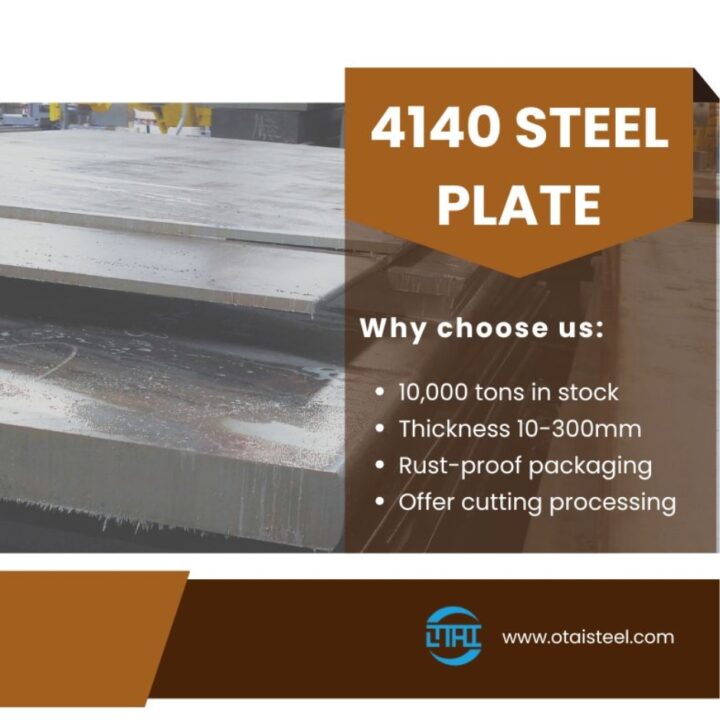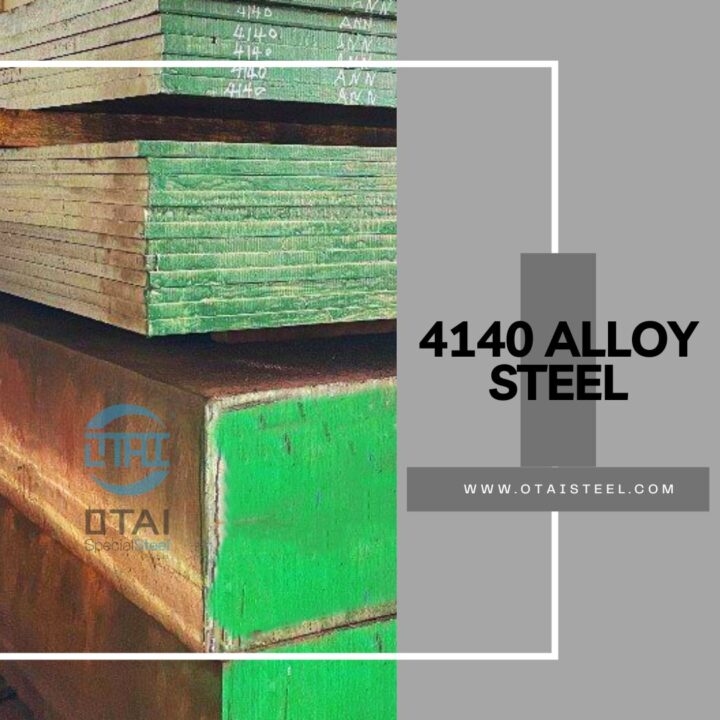Our H13 STEEL -chapter 7
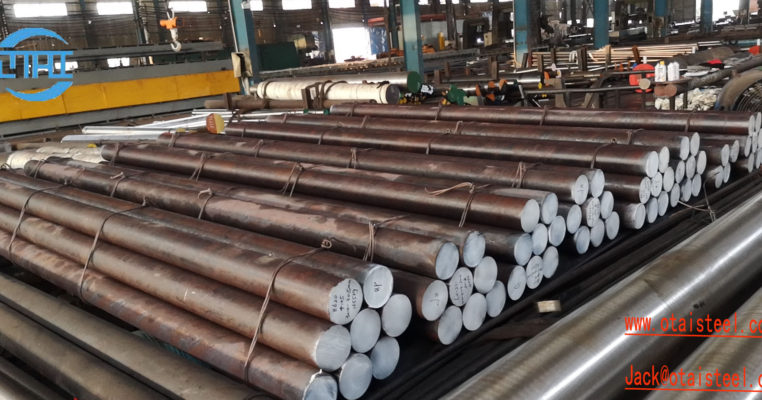
We can still easily understand the alloy carbide phase in H13 steel from the Fe-Cr-C ternary phase diagram. According to the phase diagrams of the ternary isothermal sections of the Fe-Cr-C series at 700 ℃ [18 ~ 20] and 870 ℃ [9], for 0.4% C steel, (FeCr) 3C (M3C) and (CrFe) 7C3 (M7C3) type alloy carbide. Note that on the 870 ° C chart, M23C6 will only appear if the Cr content is greater than 11%). In addition, according to the vertical section of the Fe-Cr-C ternary system at 5% Cr, the steel containing 0.40% C is an α phase (about 1% Cr solid solution) and (CrFe) 7C3 alloy C compound in the annealed state. When heated above 791 ° C, austenite A is formed and enters the (α + A + M7C3) three-phase region, and enters the (A + M7C3) two-phase region at about 795 ° C. (CrFe) 7C3 disappears at about 970 ° C. Enter single phase A area. When the matrix contains ﹤ 0.33%, the three-phase region (M7C3 + M23C6 and A) only exists at about 793 ° C, and enters the (A + M7C3) region (at 0.30% C) at 796 ° C, and will remain until the phase. The residual M7C3 in the steel has the effect of preventing A grains from growing. Nilson proposed that for a 1.5% C-13% Cr component alloy, less stable (CrFe) 23C6 does not form [20]. Of course, the analysis of Fe-Cr-C ternary system alone will have some deviations, and the effect of adding alloy elements must be considered.
Kindly reminder :
Designation by Standards Mat. No. DIN EN AISI 1.2344 X40CrMoV51 X40CrMoV51 H13 Chemical Composition (in weight %) C Si Mn Cr Mo Ni V W Others 0.39 1.00 0.38 5.15 1.35 – 1.00 – – Description This alloy is one of the hot work, chromium type tool steels. It also contains molybdenum and vanadium as strengthening agents. The chromium content assists this alloy to resist softening if used at higher temperatures. Secondary hardening steels with good tempering reistance. It maintains …
